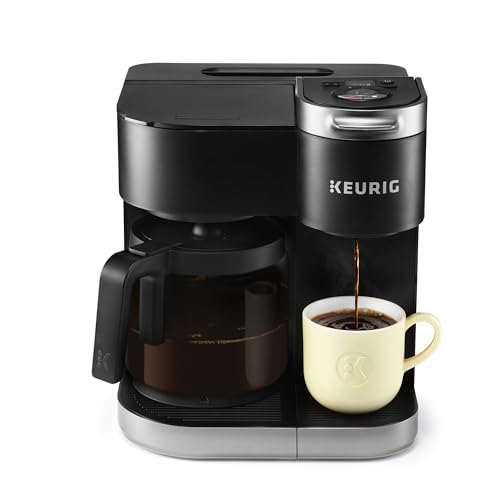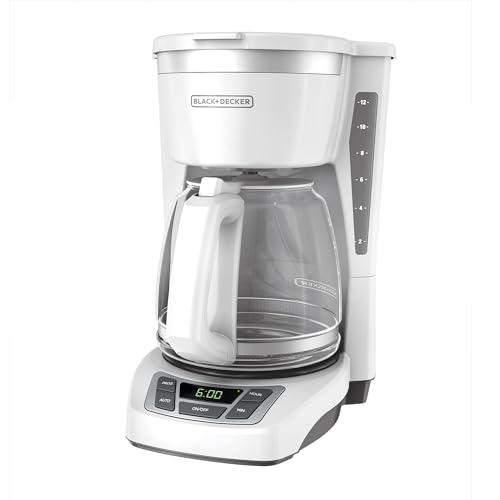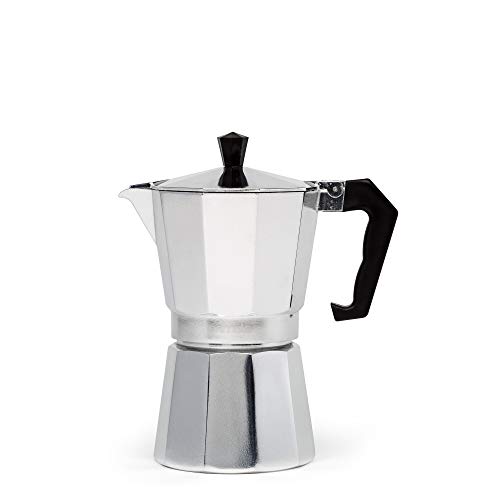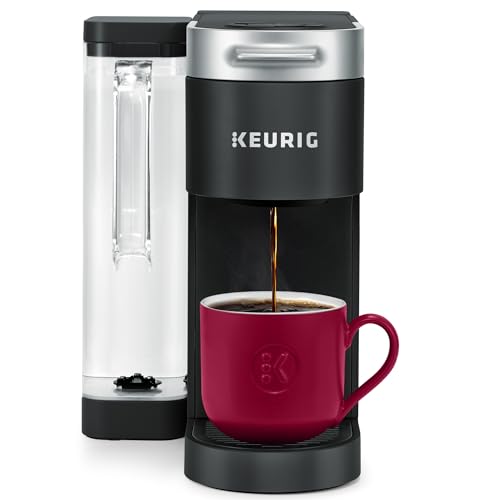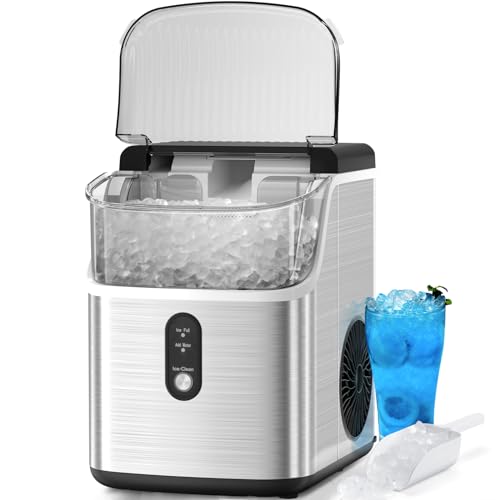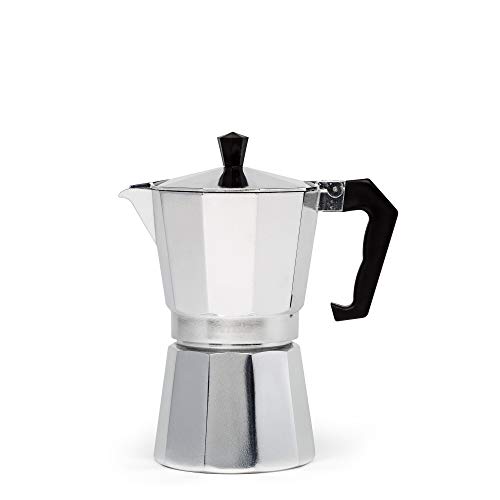“How To Store Knives” is a topic that holds immense relevance for everyone from professional chefs to home cooks. Proper storage of knives is not only crucial for maintaining their sharpness and longevity, but also for ensuring safety in the kitchen.
Despite their everyday functionality, knives can become hazardous if not stored correctly. Plus, these essential kitchen tools can easily dull or damage if not treated with care.
This document aims to navigate you through the best practices for storing knives, providing practical and easy-to-follow advice. By understanding and implementing these guidelines, you can maintain the quality of your knives and create a safer environment in your kitchen.
So, let’s delve into the details and learn how to store knives efficiently and effectively.
How To Store Knives
When it comes to storing knives, there are several tried and true methods to choose from. These methods range from knife blocks and drawer inserts to magnetic strips and in-drawer trays.
Selecting the right option depends on your kitchen setup, the types of knives you have, and the convenience you seek. In the following sections, we will delve into five common and effective means of storing knives.
Knife Blocks
Knife blocks are one of the most common ways to store knives. They provide easy access to your knives, display them beautifully, and most importantly, keep the blades safe and sharp. However, ensure the block’s slots are wide enough to fit your knives without scraping against the sides. Regular cleaning is also essential to avoid the accumulation of dust or food particles.
Magnetic Knife Strips
Magnetic knife strips offer a stylish and space-saving solution. They adhere to your wall, freeing up valuable counter space. Knives are held securely, reducing the risk of accidents, and the absence of a physical slot minimizes wear on the blades. However, it’s vital to use a strip strong enough to hold the weight of your knives.
In-Drawer Knife Trays
For those who prefer to keep their knives out of sight or lack wall space, in-drawer knife trays can be a suitable option. These trays protect your blades from damage and make use of underutilized space. However, it’s essential to ensure the tray fits securely in your drawer and the knives don’t touch when stored.
Knife Rolls and Bags
For professionals who need to transport their knives, or for those with limited storage, knife rolls and bags provide an excellent solution. They encapsulate each knife individually, protecting the blades during transit. Make sure to clean and dry your knives before storage to prevent rust and bacteria growth.
Remember, no matter your choice of storage, it is vital to keep your knives clean, dry, and in good condition to ensure their longevity. Careful storage doesn’t just safeguard your knives; it safeguards you and your kitchen too. Choose the most suitable option for your needs and enjoy a well-organized, efficient, and safer kitchen.
See more: How To Store Knives
What to Know about Knives
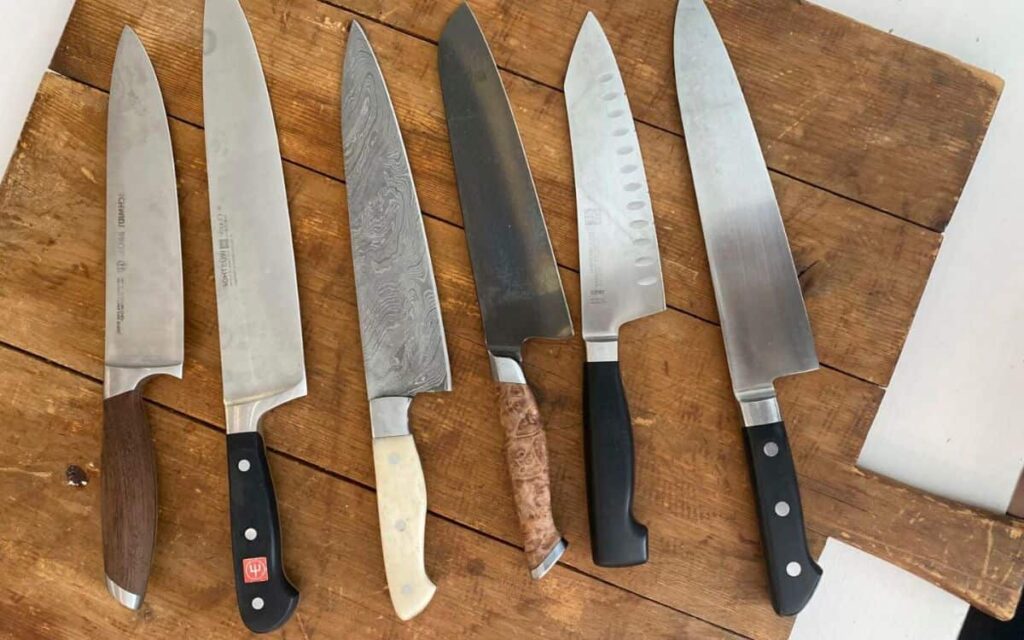
Understanding your knives is the first step towards maintaining them properly. Each knife, from the trusty chef’s knife to the delicate paring knife, has a unique design intended for specific tasks. These designs affect how knives should be stored to maintain their edge and ensure their longevity.
When considering storage, take into account the material of your knives. Stainless steel knives are less prone to rusting and can tolerate a bit more moisture than carbon steel knives, which require careful drying and sometimes oiling before storage.
The size and shape of your knives also impact storage choices. Longer knives might not fit in standard blocks or trays, and wider knives might be too large for common slots. Consider your collection and choose a storage solution that accommodates all of your tools.
Proper storage extends beyond the kitchen environment. If you’re traveling with your knives, ensure they’re protected during transit. For camping or outdoor cooking, consider a durable, waterproof roll or bag that can withstand the elements.
Lastly, don’t forget about the importance of regular knife maintenance. Even with the best storage methods, knives will dull over time. Regular honing and annual sharpening will keep your knives working their best. Proper storage and regular maintenance together help ensure that your knives stay sharp, perform well, and last for many years.
Stay tuned for our next section, where we will delve into the best practices for maintaining your knives. From choosing the right sharpening tools to knowing when it’s time for professional help, we’ve got you covered.
FAQs
While the storage of knives is undeniably important, their maintenance is equally critical to their performance and lifespan. Just as a car needs regular servicing to run smoothly, your knives require a certain amount of care to keep them in top shape.
Let’s now address some frequently asked questions about knife maintenance.
How often should I sharpen my knives?
The frequency of knife sharpening largely depends on the usage. For home cooks who use their knives daily, a good rule of thumb is to sharpen them every three to four months. However, if you notice your knife struggling to slice through tomatoes or onions, it may need to be sharpened sooner.
Regular honing can also help maintain the edge of the knife between sharpening sessions. Keep in mind, it’s always better to maintain the sharpness of your knife rather than waiting for it to become completely dull.
How can I tell if my knife needs sharpening?
A dull knife is more dangerous than a sharp one because it requires more force to cut, increasing the chance of accidents. To test the sharpness of your knife, lightly run your thumb across the blade (not along the edge).
If it feels smooth, it’s time to sharpen. Another test is to try slicing a tomato or piece of paper. If the knife doesn’t cut easily and cleanly, it’s probably dull and needs sharpening.
What’s the difference between honing and sharpening?
Many people confuse honing with sharpening, but the two processes serve different purposes. Honing doesn’t remove any material from the blade. Instead, it straightens the edge of the knife, correcting any minor bends or irregularities.
On the contrary, sharpening involves removing material from the blade to create a new, sharp edge. Regular honing can prolong the time between sharpening sessions, maintaining the knife’s performance.
Can all knives be sharpened?
Most knives can be sharpened, but the method depends on the type of knife and its construction. Straight-edge knives and those with slight curves near the tip are the easiest to sharpen at home.
Serrated knives, on the other hand, require a special technique and sometimes professional help due to their unique shape. If in doubt, it’s always best to check the manufacturer’s guidelines or consult with a professional to avoid damaging your knives.
Final Thought
Owning a set of quality knives is a worthwhile investment for the passionate home cook or professional chef. They’re essential tools in the kitchen, aiding you in preparing meals efficiently, but they also require proper care and attention to ensure longevity.
The storage and maintenance practices you implement will have a direct impact on your knives’ performance and lifespan. It’s not just about keeping them in a convenient location, but also about preserving the quality of the blade and ensuring safety in your kitchen.
Understanding the material and design of your knives, considering your storage options, and staying committed to regular maintenance are the keys to getting the most out of your kitchen knives. Whether you’re a culinary expert or a beginner home cook, remember that your knives’ performance will reflect the attention you give them.
In conclusion, treating your knives with respect and care will not only make your cooking experience more enjoyable but also ensure that your investment lasts for years to come. Enjoy the journey of cooking with sharp, well-kept knives and look forward to every slice, chop, and dice with precision and ease.
